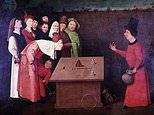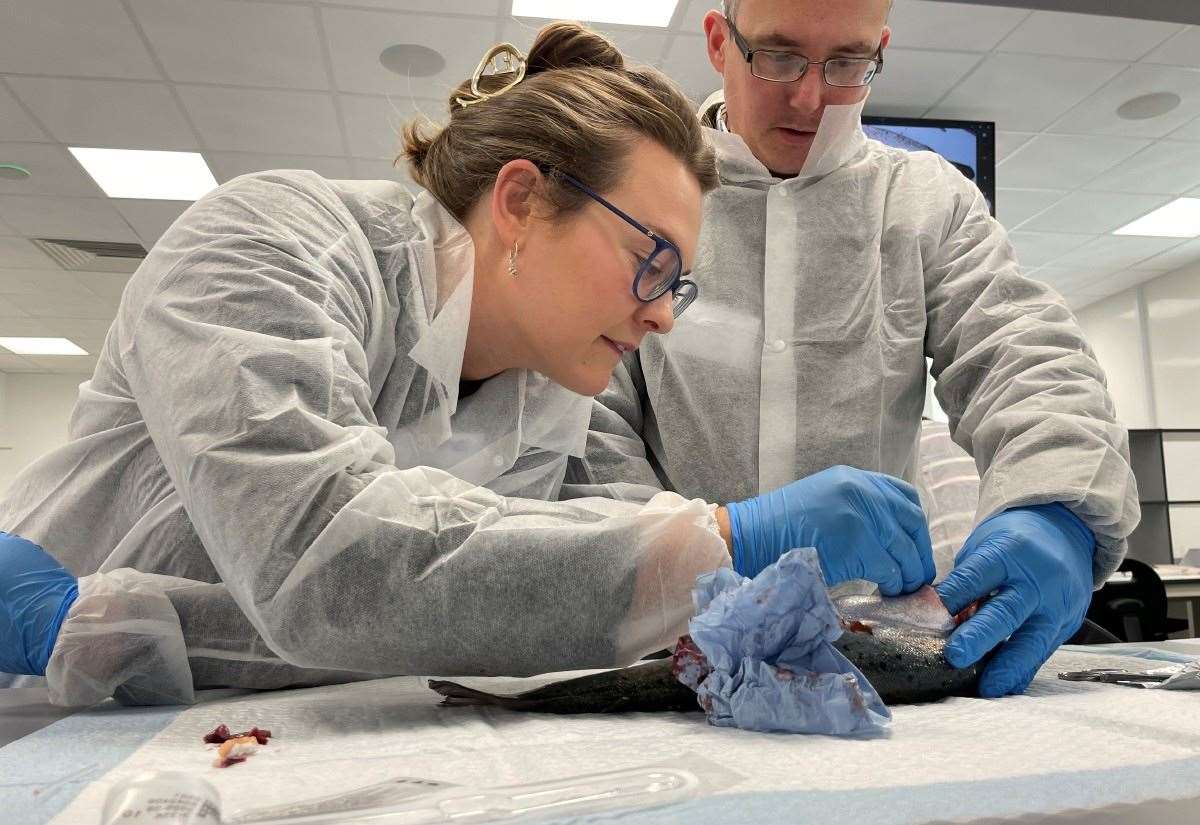The release of The Years Of The Wizard by Rachel Morris sheds light on the fascinating landscape of magic during the Elizabethan era. Available since September 2025, the book delves into the lives of notable historical figures who blended science and mysticism, revealing how their pursuits shaped perceptions of magic in 16th-century England.
The Allure of Elizabethan Magic
At the heart of Morris’s narrative is John Dee, the most celebrated magician of his time and advisor to Queen Elizabeth I. Dee was known not only for his alchemical experiments but also for his astrological readings and dream interpretations. His collection of approximately 3,000 to 4,000 books made him a pivotal figure in the intellectual landscape of the era. Uniquely, he organized his library with spines facing inward, as was customary at the time, allowing titles to be painted on the edges of pages. This method marked a significant departure from typical shelving practices and showcased his passion for literature and knowledge.
The book also recounts the story of John Damian, an alchemist who famously attempted to fly from the ramparts of Stirling Castle using wings he crafted himself. While his endeavor resulted in a broken thigh rather than the anticipated flight, it illustrates the lengths to which individuals would go in their quest for understanding and mastery over the natural world. Morris contrasts Damian’s efforts with those of prominent scientists like Isaac Newton, who also explored the boundaries of knowledge during this transformative period.
Magic as a Cultural Phenomenon
Morris explores the cultural context that allowed such beliefs to flourish. In the Elizabethan period, it was common for people to consult ‘cunning folk’ for charms and potions aimed at securing love or protection against evil. The era was rife with tales of witches and fairies, which were widely accepted as part of daily life. This belief system created a fertile ground for the likes of Dee and his contemporaries, who blended scientific inquiry with magical practices.
Yet, as Morris illustrates, skepticism also existed. The relationship between Dee and his medium, Edward Kelley, raises questions about the authenticity of their communications with angels. Morris prompts readers to consider whether Kelley was a genuine medium or merely a trickster profiting from his association with Dee. This duality—belief versus skepticism—permeates the book, inviting readers to reflect on the nature of magic and the motivations behind those who practiced it.
Additionally, the book discusses other notable magicians of the time, such as Heinrich Cornelius Agrippa, who purportedly paid his tavern bills with coins that appeared to be gold but transformed into horn. This anecdote serves to illustrate the blurred lines between illusion and reality in magical practices, prompting readers to question what constituted true wizardry.
Morris’s work is a compelling exploration of the intersection between science, magic, and culture during a pivotal time in British history. The allure of magic, as presented in The Years Of The Wizard, reflects a deep-seated human desire to understand and control the world around us, even if that understanding is sometimes shrouded in illusion.
By providing a detailed examination of the practices and beliefs of magicians, Morris not only honors these historical figures but also invites contemporary readers to engage with the ongoing dialogue between belief and skepticism. As magic continues to hold a place in popular culture, The Years Of The Wizard serves as a fascinating reminder of its rich history and the complex individuals who shaped it.







